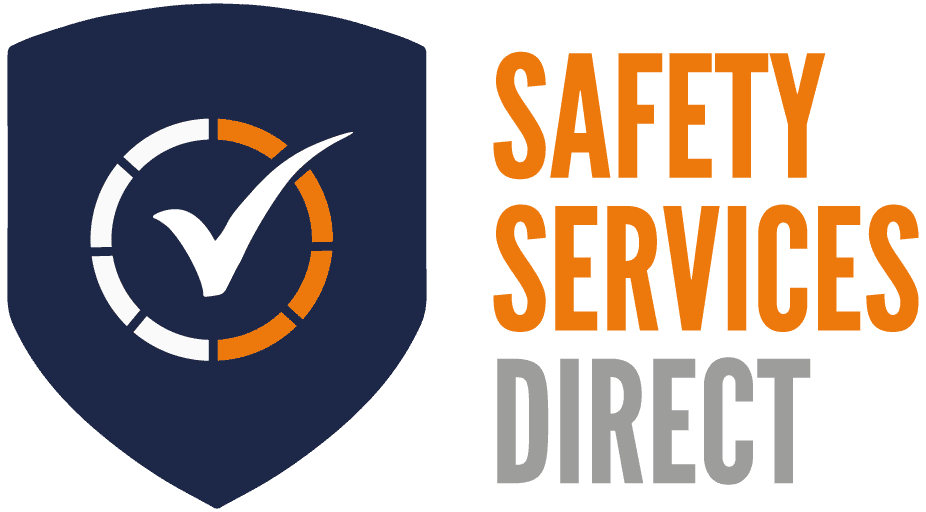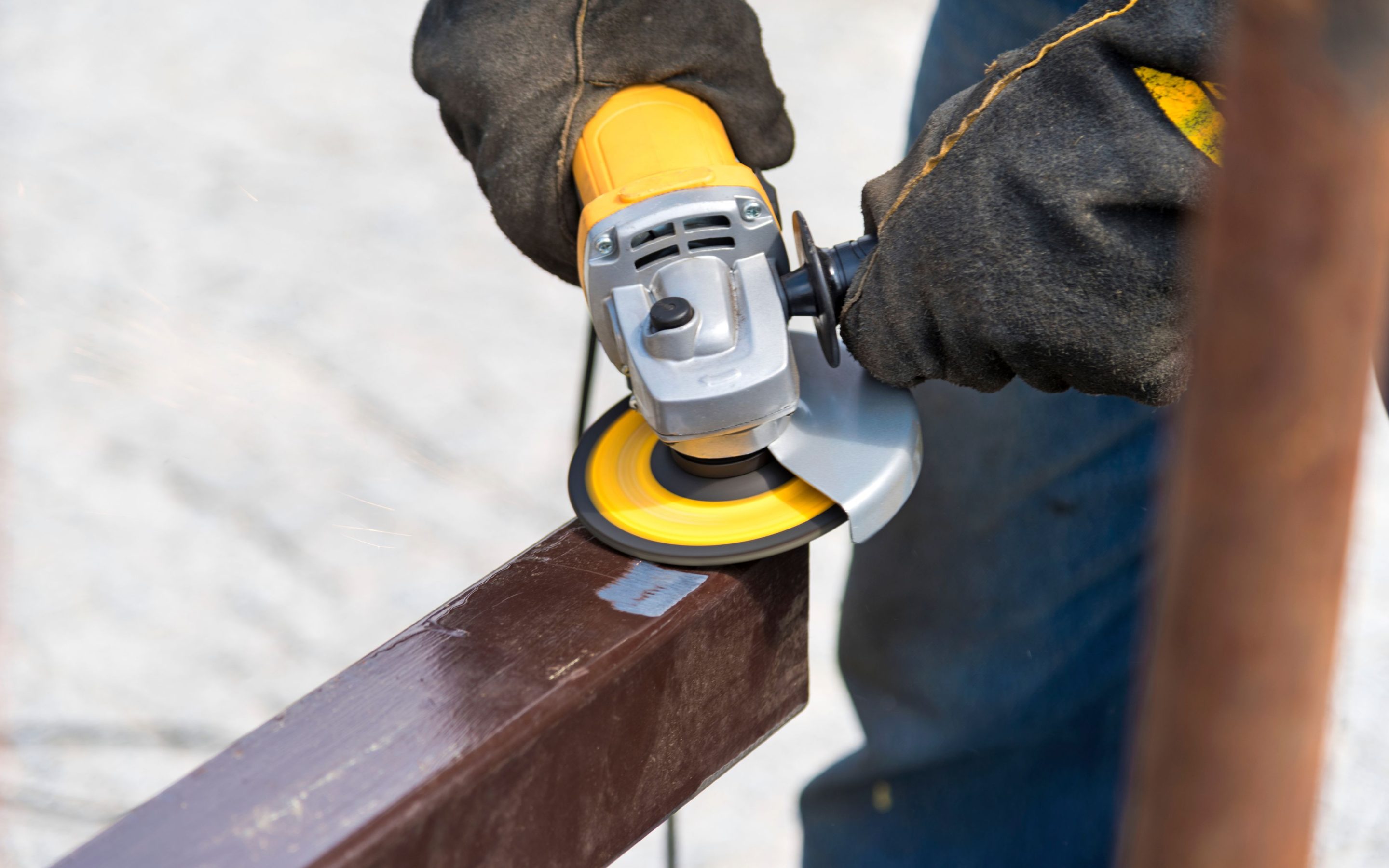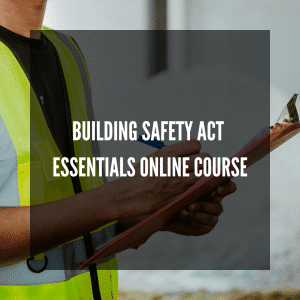Abrasive wheels are widely used across various industries, from construction to manufacturing, but their use comes with inherent risks. Whether it’s a mounted flap wheel or a diamond cutting wheel, grinding wheels are dangerous.
Safety Services Direct, a trusted UK health and safety advisory provider / consultancy, is sharing all you need to know about abrasive wheel regulations and how your organisation can navigate them effectively.
Note: If you want to know more about what abrasive wheels are, read our recent blog post.
Abrasive Wheel Regulations Overview
The HSE, as usual, is at the forefront of promoting workplace safety. It provides invaluable guidance through HSG17, a comprehensive resource specifically tailored for the safe use of abrasive wheels. This document, titled “Safety in the use of abrasive wheels,” serves as a cornerstone for individuals and organisations seeking to adhere to best practices in the handling and operation of abrasive wheels. Here are some of the most important elements of the HSE document, which is in line with the Provision and Use of Work Equipment Regulations 1998 (PUWER 98):
1. Risk Assessments:
HSG17 strongly emphasises the importance of conducting thorough risk assessments before engaging in any activities involving abrasive wheels. The document guides readers through systematically evaluating potential hazards, helping identify risks associated with specific tasks, machinery, and workplace environments. Understanding and managing these risks is fundamental to creating a safe working environment.
2. Proper Training:
One of the key pillars of HSG17 is the emphasis on proper training for individuals who work with or around abrasive wheels. The guidance outlines the essential skills and knowledge required for operators, supervisors, and maintenance personnel. From understanding the characteristics of different abrasive wheels to learning about correct mounting procedures, the document provides a roadmap for comprehensive abrasive wheel training programs, ensuring that individuals are competent and confident in their roles.
3. Essential Safety Measures:
HSG17 is a bank of essential safety measures that form the backbone of best practices in abrasive wheel usage, from guidelines on the appropriate selection of abrasive wheels based on the task to proper storage and handling procedures and the correct use of personal protective equipment (PPE). The document leaves no stone unturned, offering a holistic approach to safety that encompasses the entire lifecycle of abrasive wheel use, from procurement to disposal.
4. Inspection and Maintenance:
These work equipment regulations stress the significance of regular inspection and maintenance of abrasive wheels and the machinery on which they are used. HSG17 provides detailed insights into the inspection criteria, helping individuals identify signs of wear, damage, or any other factors that could compromise safety. By incorporating the proactive approach to maintenance that’s outlined in the regulations, organisations can significantly reduce the risk of accidents and ensure the longevity of both the abrasive wheels and the machinery.
5. Legal Compliance:
HSG17 is a practical guide for ensuring legal compliance with abrasive wheel regulations. It clarifies the relevant legislation and outlines the responsibilities of employers, supervisors, and operators in meeting these legal requirements. By following the guidance, organisations can safeguard themselves against potential legal ramifications.
6. Emergency Procedures:
In an emergency, HSG17 offers valuable guidance on the immediate actions to be taken. From first aid measures to reporting incidents, the document ensures that individuals are well-prepared to respond effectively in case of accidents or unexpected events involving abrasive wheels.
7. Continuous Improvement:
Recognising that safety is an evolving process, HSG17 encourages a culture of continuous improvement. It advocates for regular reviews of safety procedures, risk assessments, and training programs to adapt to changing circumstances, technological advancements, and industry best practices. By joining the HSE in fostering a commitment to ongoing improvement, organisations can stay ahead of emerging risks and ensure the long-term safety of their workforce.
The Risks of Using Abrasive Wheels
Abrasive wheels are used to cut, polish, grind and debur. They are, therefore, inherently risky. Working with abrasive wheels exposes the worker to these risks, ranging from mechanical hazards to exposure to hazardous materials. Abrasive wheel operations involve high-speed rotation, which can lead to fragmentation or disintegration of the wheel, resulting in flying debris. Moreover, if an employee isn’t “switched on” when working with a high-speed rotational wheel, there are further dangers – missing digits are not uncommon amongst such workers.
As reported by the HSE, more than half of all accidents resulting from using an abrasive wheel occur because of operator error or unsafe working conditions. Abrasive wheels are susceptible to breakages, and various factors can contribute to this issue, including improper storage methods, incorrect wheel selection, faulty mounting, extreme imbalance, excessive speed, equipment defects, and incorrect grinding or cutting procedures. Multiple factors can also coincide, exacerbating the risk of wheel breakage.
In addition to the risk of breakages, abrasive wheel operators are exposed to vibrations for long periods of time, which can result in hand-arm vibration syndrome (HAVS), a debilitating condition with long-term consequences. Furthermore, personnel near abrasive wheel operations face possible hearing damage due to high noise levels and lung damage from the dust generated during wheel use.
To mitigate these risks, employers must adhere to abrasive wheel regulations and ensure comprehensive training for their workers. Compliance with regulations is essential to eliminating or minimising hazards associated with abrasive wheel operations. Among other measures, employers must also ensure that the necessary PPE is made available and utilised by employees, with equipment such as face masks, gloves and ear defenders provided readily.
Want to Learn More About Abrasive Wheels?
Abrasive wheels regulations are strict and absolutely crucial. Compliance is not the only important element, as accidents involving abrasive wheels are relatively common and costly. For these reasons, we encourage continuous education and training in abrasive wheel safety, empowering individuals and businesses to create and maintain a safe working environment.
So whatever your needs, whether it be abrasive wheels training or personal protective equipment, Safety Services Direct is ready to assist. Remember, your commitment to safety ensures a secure and productive work environment for everyone involved. Stay informed, stay safe, and feel free to contact us with any questions.









